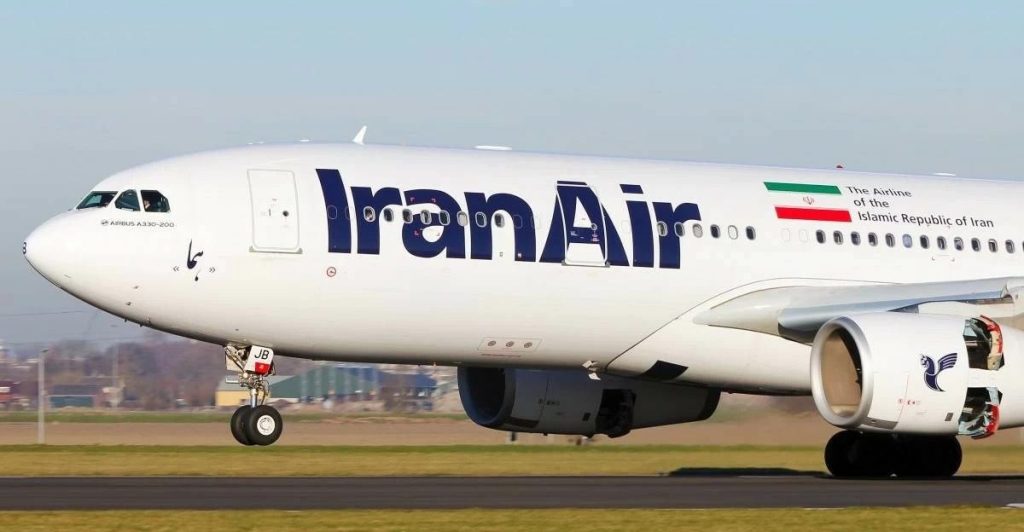Iran Fully Reopens Airspace After Conflict-Induced Shutdown
Iran has reopened its airspace and major airports weeks after tensions shut down flight operations.
Officials say full access has resumed, boosting aviation confidence and easing global routing concerns.
Iran has officially reopened its entire airspace, including the capital Tehran, weeks after a complete closure prompted by rising military tensions with Israel. The closure, which began on June 13, was enforced as a security precaution during a period of heightened conflict between the two countries, which saw Israeli airstrikes followed by Iranian missile retaliation.

According to reports from Iran’s state-run media, key airports across the country including Tehran’s Mehrabad Airport and Imam Khomeini International Airport have now resumed full operations. Other airports located in the northern, eastern, western, and southern parts of the country have also been cleared to handle regular flight schedules.
The Islamic Republic News Agency (IRNA) quoted aviation officials as saying that both domestic and international flights can now operate daily between 5:00 a.m. and 6:00 p.m. However, the airports in Isfahan and Tabriz remain temporarily inactive. Authorities explained that flight operations in these two locations will recommence once necessary infrastructure and safety assessments are completed.
“The airports in Tehran and in all cardinal directions of the country are now operational and ready to handle scheduled flights,” IRNA reported.
The country’s airspace had been entirely closed off following a dramatic escalation on June 13, when Israel carried out multiple airstrikes, prompting an immediate missile response from Iranian forces. The brief but intense military exchange sparked global concern over a possible broader conflict in the Middle East.
However, tensions eased after a ceasefire agreement was reached on June 24. In the days following the truce, Iran began to gradually reopen parts of its airspace, particularly over the eastern region, and allowed international flights to pass through limited corridors.
With Thursday’s announcement, Iran has now restored full airspace access, a move seen as a sign of relative stability returning to the region. Analysts say the decision will help ease international flight routing concerns, as Iranian airspace serves as a key corridor for many transcontinental routes between Asia, Europe, and the Middle East.
Airline operators and aviation regulators are expected to update their flight plans in accordance with the revised permissions. Meanwhile, Iranian officials have reiterated their commitment to maintaining safety while continuing to monitor geopolitical developments in the region.
The reopening is expected to boost regional connectivity, support economic activity, and help restore public confidence in the country’s aviation infrastructure after weeks of disruption.



